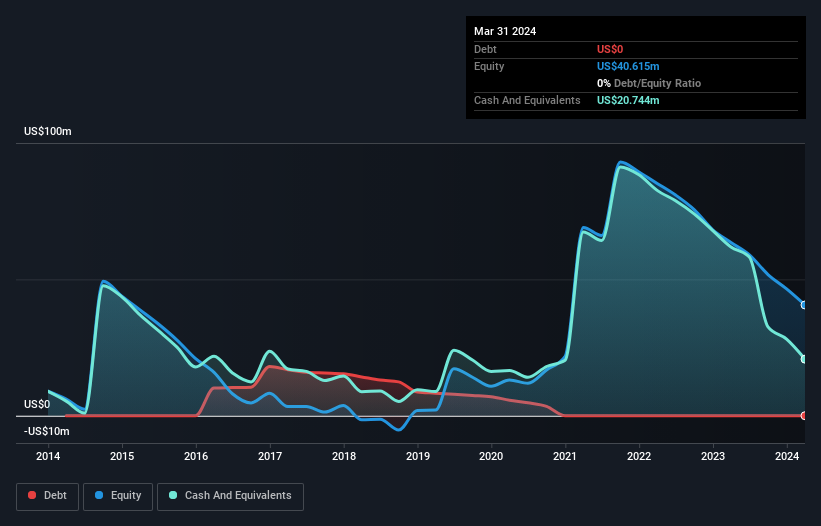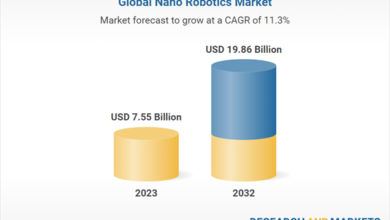We’re Keeping An Eye On ReWalk Robotics’ (NASDAQ:LFWD) Cash Burn Rate

Even when a business is losing money, it’s possible for shareholders to make money if they buy a good business at the right price. For example, although software-as-a-service business Salesforce.com lost money for years while it grew recurring revenue, if you held shares since 2005, you’d have done very well indeed. Nonetheless, only a fool would ignore the risk that a loss making company burns through its cash too quickly.
So, the natural question for ReWalk Robotics (NASDAQ:LFWD) shareholders is whether they should be concerned by its rate of cash burn. For the purpose of this article, we’ll define cash burn as the amount of cash the company is spending each year to fund its growth (also called its negative free cash flow). First, we’ll determine its cash runway by comparing its cash burn with its cash reserves.
Check out our latest analysis for ReWalk Robotics
Does ReWalk Robotics Have A Long Cash Runway?
A cash runway is defined as the length of time it would take a company to run out of money if it kept spending at its current rate of cash burn. When ReWalk Robotics last reported its March 2024 balance sheet in May 2024, it had zero debt and cash worth US$21m. In the last year, its cash burn was US$23m. Therefore, from March 2024 it had roughly 11 months of cash runway. To be frank, this kind of short runway puts us on edge, as it indicates the company must reduce its cash burn significantly, or else raise cash imminently. The image below shows how its cash balance has been changing over the last few years.
How Well Is ReWalk Robotics Growing?
At first glance it’s a bit worrying to see that ReWalk Robotics actually boosted its cash burn by 33%, year on year. On a more positive note, the operating revenue improved by 205% over the period, offering an indication that the expenditure may well be worthwhile. If revenue is maintained once spending on growth decreases, that could well pay off! We think it is growing rather well, upon reflection. Clearly, however, the crucial factor is whether the company will grow its business going forward. So you might want to take a peek at how much the company is expected to grow in the next few years.
How Easily Can ReWalk Robotics Raise Cash?
ReWalk Robotics seems to be in a fairly good position, in terms of cash burn, but we still think it’s worthwhile considering how easily it could raise more money if it wanted to. Issuing new shares, or taking on debt, are the most common ways for a listed company to raise more money for its business. One of the main advantages held by publicly listed companies is that they can sell shares to investors to raise cash and fund growth. By comparing a company’s annual cash burn to its total market capitalisation, we can estimate roughly how many shares it would have to issue in order to run the company for another year (at the same burn rate).
Since it has a market capitalisation of US$40m, ReWalk Robotics’ US$23m in cash burn equates to about 58% of its market value. That’s high expenditure relative to the value of the entire company, so if it does have to issue shares to fund more growth, that could end up really hurting shareholders returns (through significant dilution).
Is ReWalk Robotics’ Cash Burn A Worry?
On this analysis of ReWalk Robotics’ cash burn, we think its revenue growth was reassuring, while its cash burn relative to its market cap has us a bit worried. Looking at the factors mentioned in this short report, we do think that its cash burn is a bit risky, and it does make us slightly nervous about the stock. On another note, we conducted an in-depth investigation of the company, and identified 3 warning signs for ReWalk Robotics (1 is potentially serious!) that you should be aware of before investing here.
If you would prefer to check out another company with better fundamentals, then do not miss this free list of interesting companies, that have HIGH return on equity and low debt or this list of stocks which are all forecast to grow.
Have feedback on this article? Concerned about the content? Get in touch with us directly. Alternatively, email editorial-team (at) simplywallst.com.
This article by Simply Wall St is general in nature. We provide commentary based on historical data and analyst forecasts only using an unbiased methodology and our articles are not intended to be financial advice. It does not constitute a recommendation to buy or sell any stock, and does not take account of your objectives, or your financial situation. We aim to bring you long-term focused analysis driven by fundamental data. Note that our analysis may not factor in the latest price-sensitive company announcements or qualitative material. Simply Wall St has no position in any stocks mentioned.




